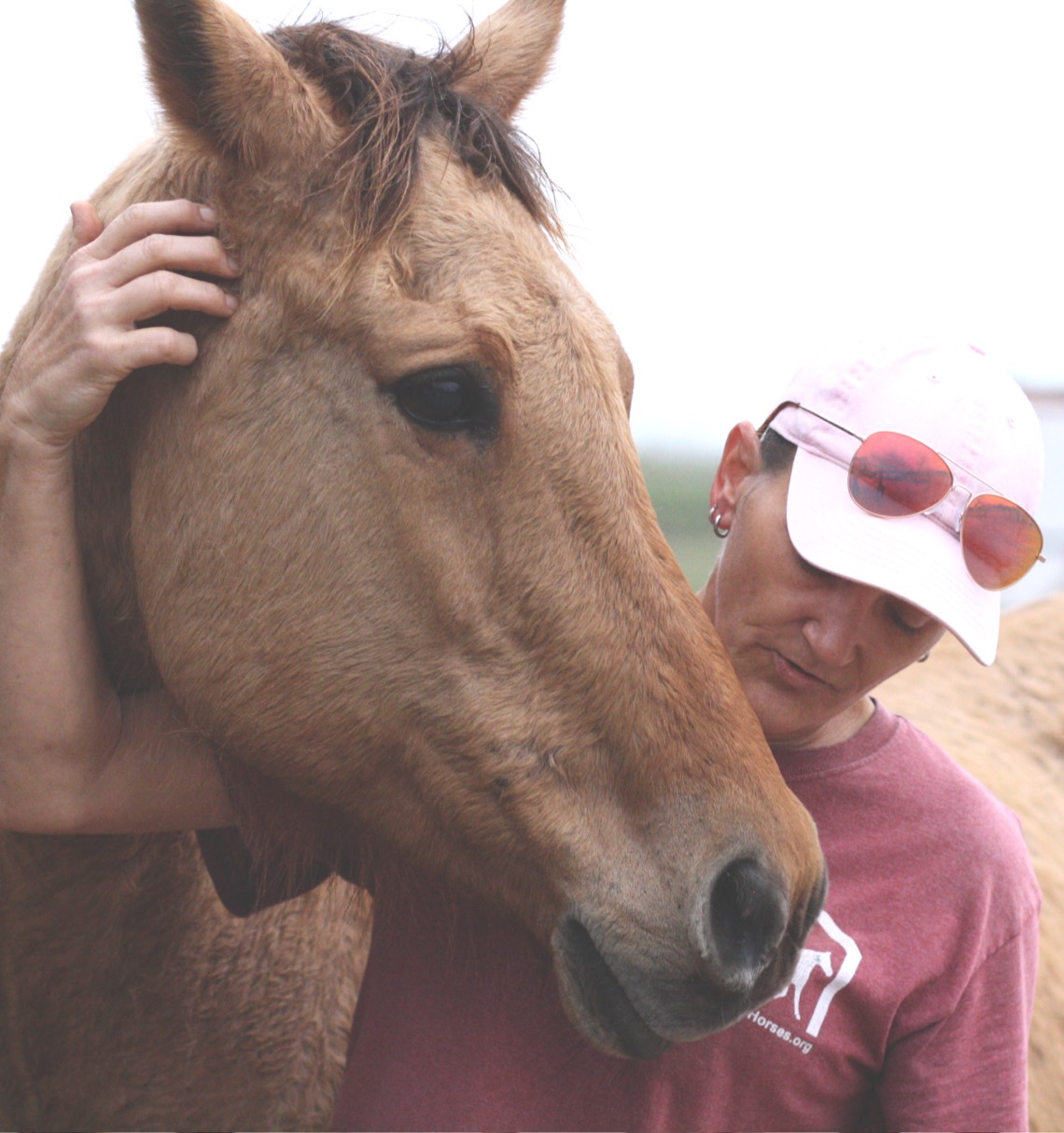A legendary breed of wild horse returns to Russia
There are only about 2,000 Przewalski horses left in the world, but in October six endangered members of this species arrived in Russia. Scientists hope to restore them in the wild, and they are also betting that the horses will contribute to the restoration of the steppe ecosystem.
Zoologists say very few wild horses remain on earth, with the Przewalski horse counting among them. Of the less than 2,000 Przewalski horses left, 300 live in the wild and about 1,500 are in captive breeding programs and zoos. Le Villaret in France is one of the largest natural reserves for these horses.
Recently, six Przewalski horses were brought by plane from France to the Russian city of Orenburg as part of a new program to return them to their original habitat.
China and Mongolia launched their own reintroduction programs in the early 1990s. Also, a few horses were released, as an experiment, into the exclusion zone near the Chernobyl nuclear power plant in Ukraine. There, they began to actively proliferate despite the radiation. Now, according to scientists, the Przewalski horse population in the Chernobyl zone amounts to about 100.
ABOUT THE PRZEWALSKI HORSE
The horse was first identified in 1879 by Russian explorer and naturalist, Nikolai Przhevalsky (spelled in Polish as Przewalski), during his second expedition to Central Asia.
Przewalski horses live in family groups, whose leader is a strong stallion with absolute power. He decides which direction the group takes, and which watering places they visit. During cold winters, these horses warm themselves by standing in a circle; they drive foals and sick horses in the middle and warm them with their breath. They have short, but strong and durable legs, and a strip of black hair runs along their back.
The Przewalski horse is listed in the Red Book of the Russian Federation, the Red List of the International Union for Conservation of Nature, and in the Convention on International Trade in Endangered Species of Wild Fauna and Flora (CITES).
WHY THEY LEFT THE STEPPE
About 100 years ago this wild horse was still found in the Eurasian steppes — in the expanses of Russia, China, Mongolia, and Kazakhstan. But the Przewalski horse was driven from its original habitat by man’s development of cattle-breeding. When the horse could no longer roam freely over the expanse of the steppe, the animal perished.
Today, this steppe beauty can be seen only in zoos. Captivity, however, effects these horses adversely because in the wild they were in constant motion, covering many kilometers each day.
As in the case of European bison, when the number of horses in captivity reached a critical mass the question arose of returning the species to the wild. The horses were presented to Orenburg by the French Association for the Przewalski Horse (Association pour le cheval de Przewalski, or TAKH). At the Tour du Valat Biological Station, several generations of horses are kept in a fenced-off area, similar to their natural environment.

